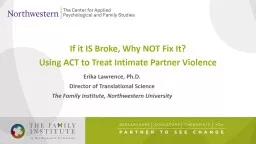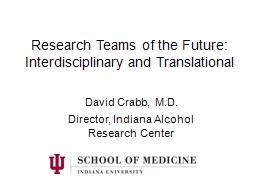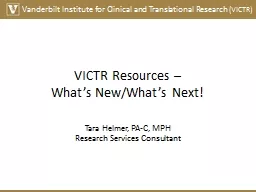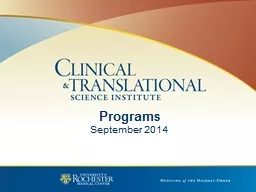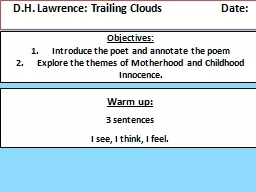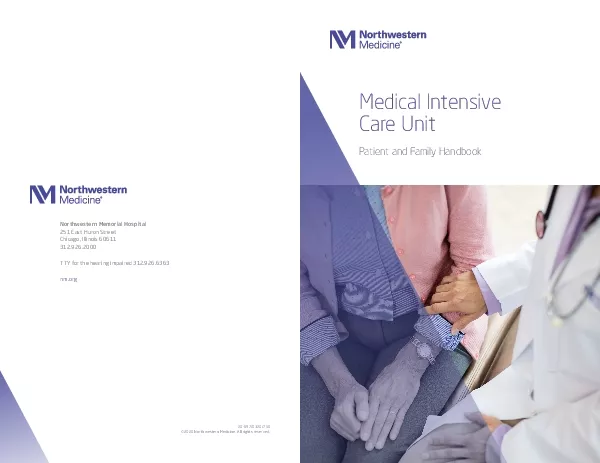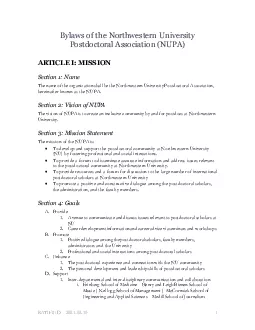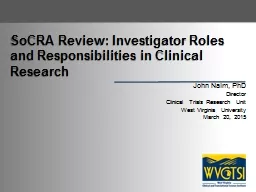PPT-Erika Lawrence, Ph.D. Director of Translational Science The Family Institute, Northwestern
Author : tatyana-admore | Published Date : 2019-10-31
Erika Lawrence PhD Director of Translational Science The Family Institute Northwestern University If it IS Broke Why NOT Fix It Using ACT to Treat Intimate Partner
Presentation Embed Code
Download Presentation
Download Presentation The PPT/PDF document "Erika Lawrence, Ph.D. Director of Trans..." is the property of its rightful owner. Permission is granted to download and print the materials on this website for personal, non-commercial use only, and to display it on your personal computer provided you do not modify the materials and that you retain all copyright notices contained in the materials. By downloading content from our website, you accept the terms of this agreement.
Erika Lawrence, Ph.D. Director of Translational Science The Family Institute, Northwestern: Transcript
Download Rules Of Document
"Erika Lawrence, Ph.D. Director of Translational Science The Family Institute, Northwestern"The content belongs to its owner. You may download and print it for personal use, without modification, and keep all copyright notices. By downloading, you agree to these terms.
Related Documents

